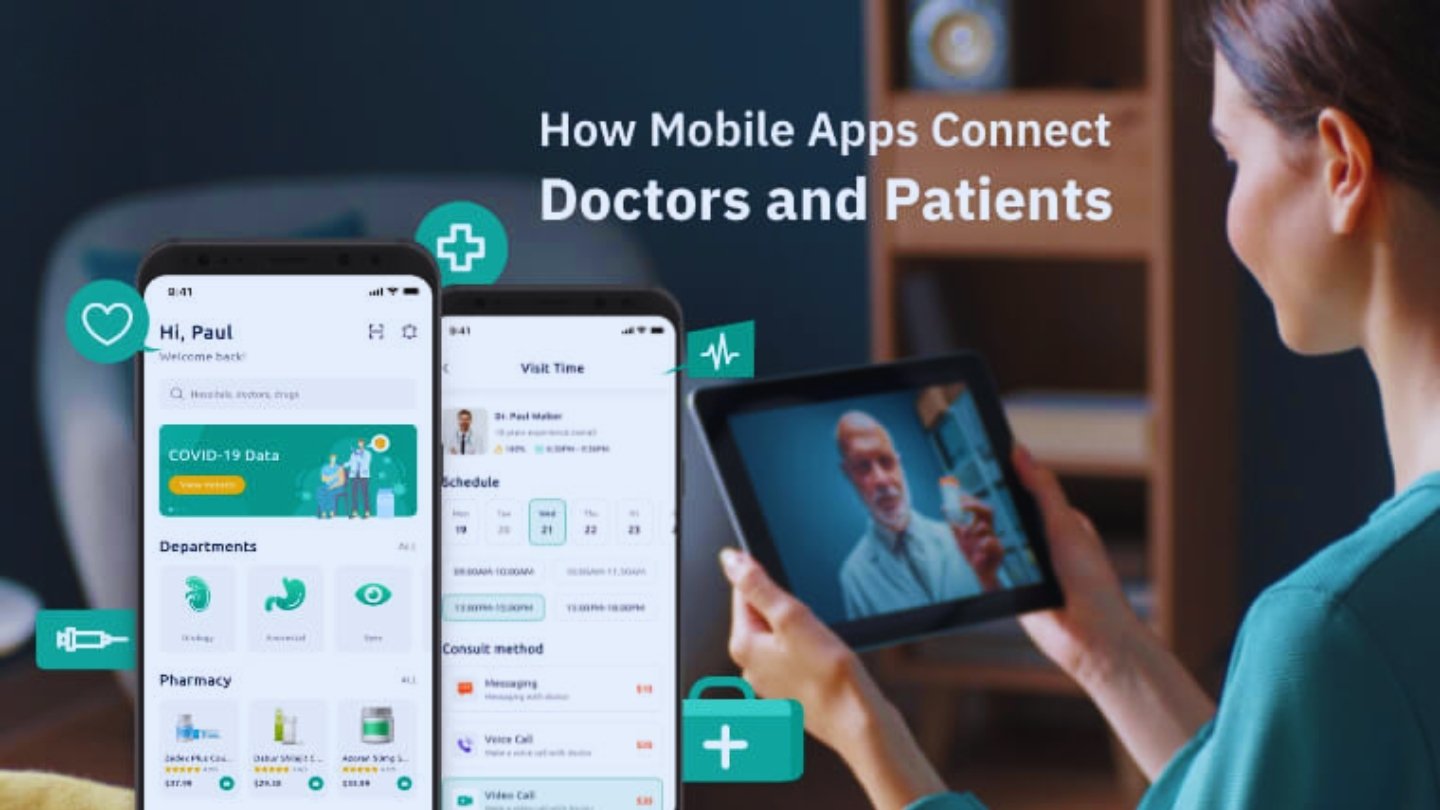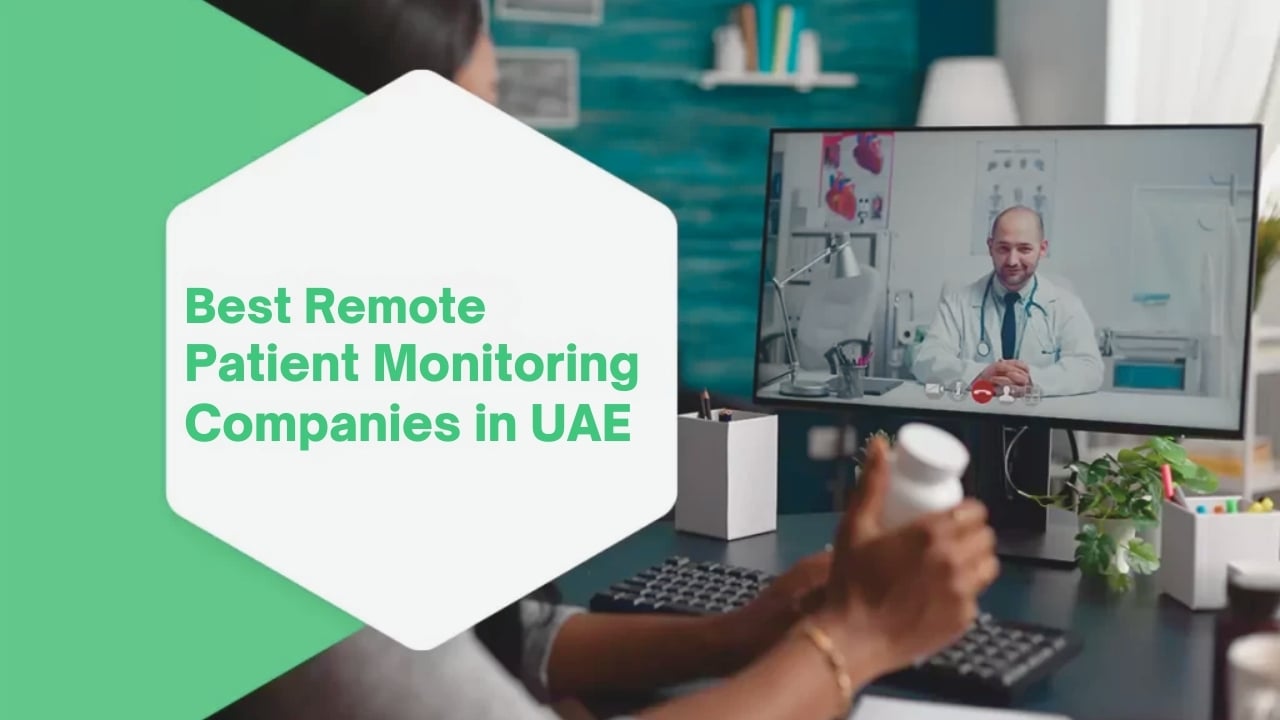
How do telemedicine apps ensure data security and patient privacy in 2025?

In 2025, the healthcare industry continues to transform through digital innovation, with telemedicine apps leading the charge. These platforms have redefined how patients and healthcare providers connect, offering convenience, faster access, and wider reach. But with the increased use of digital health solutions comes a major responsibility: ensuring data security and patient privacy. As cyber threats evolve and data regulations tighten, securing personal health information (PHI) is no longer optional—it's imperative.
Did you know? According to a 2024 IBM report, healthcare data breaches are among the most expensive, averaging $10.93 million per breach. With stakes that high, every telemedicine app development company must take rigorous steps to protect sensitive patient data.
Why Data Security and Privacy Are Non-Negotiable in Telemedicine Apps
Protecting data in telemedicine application development isn't just a technical challenge—it's a legal, ethical, and business-critical concern. As these apps handle sensitive patient information such as medical records, prescriptions, and insurance details, any breach could lead to identity theft, legal consequences, and irreversible trust damage.
Furthermore, patients today are more informed and privacy-conscious. They're choosing telemedicine platforms not only based on features but also based on how well these apps protect their data. This shift in patient behavior pushes every telemedicine app development company to prioritize security by design.
Core Methods to Secure Patient Data in Telemedicine Application Development
In 2025, telemedicine apps employ a combination of best practices, tools, and frameworks to ensure bulletproof data protection. Here's how they do it:
End-to-End Data Encryption
End-to-end encryption (E2EE) is foundational in telemedicine security. It ensures that only the sender and the receiver can read the transmitted data, rendering it unreadable to third parties, including hackers.
Implementation in 2025:
- Use of AES-256 encryption for data at rest.
- TLS 1.3 protocol for secure data in transit.
- All patient communications (video, chat, and records) are encrypted from device to server.
This means even if an attacker intercepts the data, it remains useless without the encryption key. Every trusted telemedicine app developer integrates E2EE to maintain confidentiality.
Role-Based Access Control (RBAC)
Not everyone in the healthcare ecosystem should have access to all data. RBAC ensures that users can only access the information necessary for their role.
RBAC Advantages:
- Limits exposure of sensitive data.
- Reduces internal threats.
- Aligns with HIPAA and GDPR guidelines.
In 2025, most telemedicine apps provide multi-tiered access levels for doctors, patients, and administrators, managed dynamically via dashboards.
Secure Authentication Methods
Standard passwords are no longer enough. Telemedicine apps now use multi-factor authentication (MFA) and biometric verification to verify user identity.
Popular methods include:
- SMS/email OTPs.
- Face ID or fingerprint scans.
- Time-based One-Time Passwords (TOTP).
These methods significantly reduce the risk of unauthorized access and are a core feature in modern telemedicine application development.
HIPAA and GDPR Compliance
In 2025, compliance is baked into the development process. Regulations like HIPAA (Health Insurance Portability and Accountability Act) and GDPR (General Data Protection Regulation) require strict data handling protocols.
Compliance ensures:
- Legal operation in various markets.
- Structured data retention and deletion policies.
- Mandatory breach notifications.
A reputable telemedicine app development company will always provide apps that are regulation-compliant, ensuring both legal safety and patient trust.
Blockchain for Immutable Health Records
Blockchain is revolutionizing how medical data is stored and shared. By offering a decentralized and immutable ledger, blockchain ensures data integrity and traceability.
Benefits of blockchain in telemedicine:
- Prevents data tampering.
- Logs access transparently.
- Increases interoperability with other platforms.
Though still emerging, more telemedicine app developers are integrating blockchain solutions for added security layers.
Regular Penetration Testing and Vulnerability Scans
Cyber threats evolve rapidly, and so should app defenses. Routine penetration testing (pen-testing) and vulnerability assessments help identify and patch security holes before attackers can exploit them.
Steps taken in 2025 include:
- Quarterly security audits.
- Automated vulnerability scanners (e.g., Nessus, OWASP ZAP).
- Manual code reviews by ethical hackers.
A leading telemedicine app development company often partners with cybersecurity firms for comprehensive assessments.
Secure APIs and Data Transfer Protocols
APIs power the backend of telemedicine apps. If not secured, they can become entry points for attackers. In 2025, secure API gateways and rate limiting are standard practice.
Other techniques include:
- API token expiration and renewal.
- Payload encryption.
- OAuth 2.0 and OpenID Connect for authorization.
Telemedicine app developers must ensure every data exchange is safeguarded from malicious intrusions.
Cloud Security Measures
Most telemedicine platforms today are cloud-based for scalability. However, cloud security is critical.
Cloud protection strategies in 2025 include:
- Virtual Private Clouds (VPC).
- End-to-end encrypted backups.
- Geo-redundant storage.
Cloud vendors like AWS and Azure now offer HIPAA-compliant infrastructure that telemedicine app development companies leverage to build secure, high-performing apps.
Consent Management and User Controls
Transparency builds trust. Telemedicine apps must offer clear, easy-to-understand consent management tools.
Features include:
- Opt-in/opt-out options for data sharing.
- Granular permission settings.
- Access logs for user review.
This empowers users and aligns with ethical guidelines, making privacy a user-controlled asset.
Data Anonymization and De-Identification
Not all health data needs to be tied to identity. Anonymization techniques remove identifying details, especially for research or analytics purposes.
Standard methods include:
- Masking personal identifiers.
- Using pseudonyms or codes.
- Aggregating data sets.
This protects patients while still enabling innovation, an ideal scenario for responsible telemedicine application development.
Summary Table: Key Security Measures in 2025 Telemedicine Apps
|
Security Feature |
Description |
Benefit |
|
End-to-End Encryption |
Encrypts data at rest and in transit |
Prevents interception of sensitive data |
|
Role-Based Access Control (RBAC) |
Access based on user roles |
Minimizes insider threats |
|
Multi-Factor Authentication (MFA) |
Verifies identity through multiple channels |
Blocks unauthorized access |
|
HIPAA/GDPR Compliance |
Adheres to global data privacy laws |
Ensures legal operation |
|
Blockchain Integration |
Creates immutable records |
Ensures data integrity and traceability |
|
Penetration Testing |
Simulates cyberattacks to find weaknesses |
Proactively enhances security posture |
|
Secure APIs |
Protects data exchange between systems |
Prevents backend breaches |
|
Cloud Security |
Protects data stored in cloud environments |
Offers scalable, secure infrastructure |
|
Consent Management |
Empowers users to control data sharing |
Builds trust and transparency |
|
Data Anonymization |
Removes identity from health data |
Enables safe data usage for research |
Why You Need the Right Telemedicine App Development Company
Building a secure and compliant telemedicine platform requires more than just coding skills. It demands deep healthcare domain expertise, regulatory knowledge, and a proactive security-first approach. That’s why choosing the right telemedicine app development company is crucial.
What to look for:
- Proven portfolio in healthcare and telehealth.
- Compliance with HIPAA, GDPR, and local laws.
- Expertise in cloud platforms, cybersecurity, and EHR integration.
- Transparent communication and post-launch support.
Final Thoughts: Privacy Is Not Optional—It's the Foundation of Trust
In 2025, a successful telemedicine app isn’t just defined by features or functionality—it’s measured by how well it protects patient data. Security and privacy are pillars of digital trust, and any breach can be catastrophic for both users and providers.
Every telemedicine app developer must now think beyond development to compliance, governance, and user empowerment. From secure APIs to consent management, every element plays a role in fortifying patient trust.
So, whether you're a healthcare startup or a hospital system, always partner with a seasoned telemedicine app development company that puts privacy and security at the heart of its solutions.
Need help developing a secure and scalable telemedicine app? Choose a trusted partner like SISGAIN—a global leader in telemedicine application development that combines technical innovation with regulatory expertise.
Security-first telemedicine starts today.
Email :- hello@sisgain.ae
Location:- Saudi Arabia
.jpg?width=1280&height=720&name=Untitled%20design%20(3).jpg)
